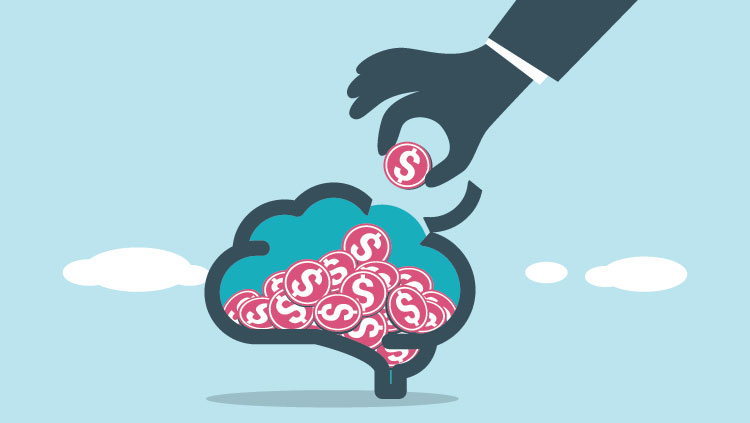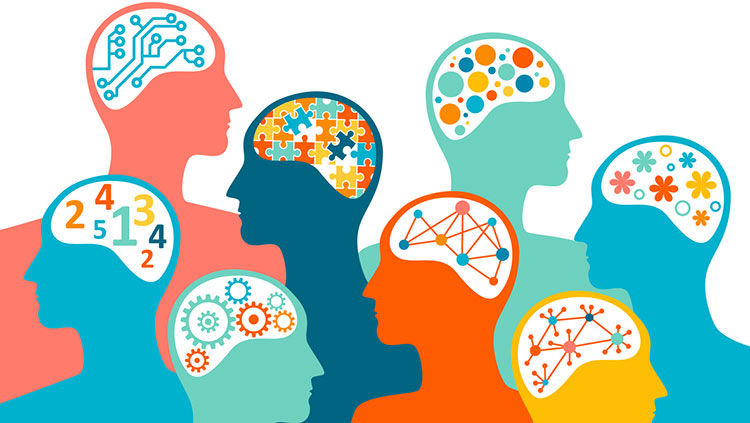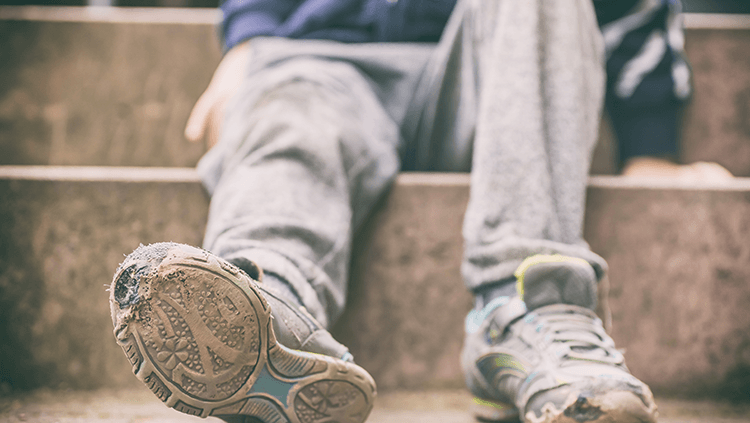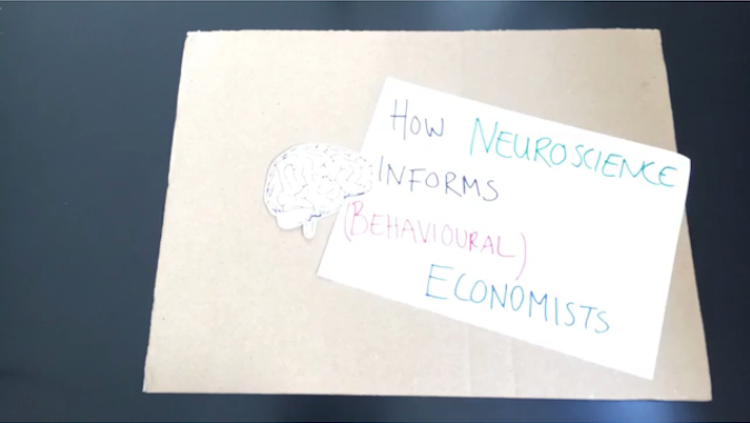Understanding the Effects of Solitary Confinement on the Brain
- Published21 Mar 2019
- Author Kayt Sukel
- Source BrainFacts/SfN
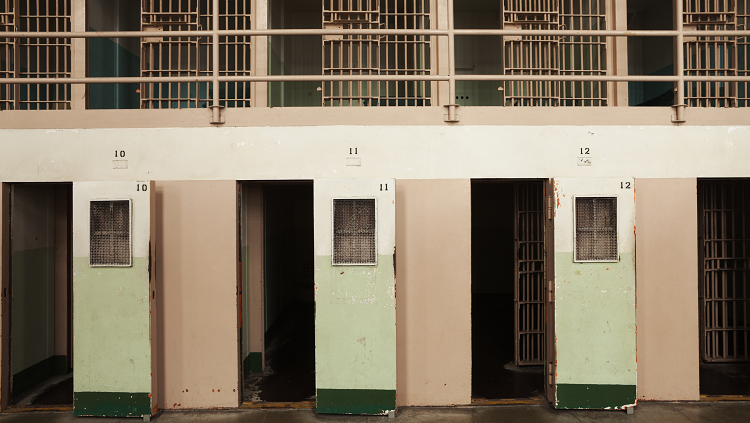
For 29 years, Robert King paced. Step by step, he paced the floor of his nine-by-twelve-foot jail cell in the Louisiana State Penitentiary in Angola. Held in solitary confinement for a crime he did not commit, King was one of the “Angola 3,” a group of three men sentenced to the longest period of solitary confinement in American prison history.
“I used to love to think. I spent most of my time thinking and writing down my thoughts,” he said. “I read a lot, too. I wanted to read everything to pass the time. I used to dream all the time too and sometimes have nightmares. The dreams were the only escape I had from the harsh reality I was living through. And I walked. I would walk the floor of my cell all day and all night long. I probably took a million steps or more over the years.”
King was freed in 2001 when a court reversed his conviction. But the effects of such long-term isolation remain. As King now travels the globe, speaking out about the need for prison reform, he struggles with some basic cognitive skills since reentering society.
“My conversation skills are very limited,” he said. “I have some problems with my memory. And my navigational skills have suffered. Places that I know, even where I grew up, I have trouble getting around in, especially at night.”
It’s these deficits that make social isolation, both inside and outside our prisons and jails, a critical issue for the United States, says neuroscientist Michael Zigmond. Even if it remains largely invisible.
“Approximately 80,000 people in the United States, at any given time, are placed in solitary confinement. We don’t understand what the effects of this isolation are in the long-term on the brain and behavior,” said Zigmond, who recently retired from the University of Pittsburgh after a 48-year career studying Parkinson’s disease, neuroprotection, and the neurotoxicity of isolation. “And it’s important that we do. Because the effects of solitary confinement don’t stop at the walls of a prison.”
Zigmond shined a light on what is known and still undiscovered about the psychological and neurobiological effects of social isolation in a roundtable session that included King at the annual meeting of the Society for Neuroscience in November 2018.
The Absence of Enrichment
Scientists have been studying the effects of environmental enrichment, the addition of opportunities for physical exercise, social engagement, and interaction with novel objects and situations, on the brain for decades, says roundtable participant Richard Smeyne of Thomas Jefferson University. But what happens when that enrichment is taken away has not been investigated.
“As human beings, we are basically all born into an enriched environment and then, in prison or in nursing care, we isolate people after that,” Smeyne said. “Traditional studies on the effects of social isolation have examined moving animals from an impoverished environment to an enriched environment, we are looking at the opposite, which is more like the real-life situation. One cannot just assume that results will be the same in each case since A to B does not equal B to A — and we need to start looking at this to understand the effects.”
Smeyne’s work in mice offer a disturbing picture of those effects. By looking at the brain cells of mice who had been raised in enriched environments and then later placed into isolation, Smeyne’s team observed that after one month of isolation, the animals’ neurons shrunk by 20 percent.
“These neurons are reduced 20 percent in size after one month. By three months, we see shrinkage of the cell’s dendrites and axons, too,” he said, noting such shrinkage affects how well and how efficiently brain cells communicate. “What we don’t know is whether you can recover from this, or if this shrinkage is permanent.”
What’s more, social isolation can lead to depression and other mental health problems, noted University of Michigan neuroscientist Huda Akil. The question is ‘How?’ Scientists are still teasing out the neural mechanisms responsible.
“There’s this tension. Too often, we say that psychological problems are okay but physical problems are cruel and unusual punishment,” Akil said. “We need neuroscience to help show the biological changes in the brain so we can say, yes, there is actual physical damage, and we need to do something about it.”
Akil’s work highlights some of those biological changes. For example, rats who are under chronic stress as a result of social isolation possess a smaller hippocampus. This part of the brain is important for memory formation, spatial orientation, and mood regulation — and behavioral tests show that these animals fare worse on navigating mazes and other tasks that require these abilities. Akil’s work has also linked social isolation with disruptions in the body’s circadian rhythms, the body’s internal clock.
“When you disrupt the circadian rhythms, you also dramatically alter the activity of many genes in the brain,” she said. “Your brain thinks it’s night when it’s daytime — and those genes are out of sync with one another, affecting the function of eating, feeling, thinking, and interacting. Everything is affected.”
The physical and molecular findings in animals are backed up in human behavioral studies, said Stephanie Cacioppo, a behavioral neuroscientist at the University of Chicago. In human beings, as social creatures, the stress of seclusion can lead to mood swings and depression, then to cognitive decline in spatial orientation, memory, and attention abilities, and finally, in some cases, to psychosis.
“We see social confinement really as nothing less than the death penalty by social deprivation,” she said. “We are a social species, and we need others to survive.”
From Science to Policy
Smeyne, Akil, and Cacioppo hope to continue studying solitary confinement — not only to better understand the effects of social isolation on the brain and behavior but also to see if those effects can be reversed.
“How can we offer a solution to this damage?” Cacioppo asked. “Can we prevent social pain in solitary confinement? Can we find ways to offer solutions or offer psychological help? We don’t know yet.”
But Jules Lobel, a human rights attorney and professor at the University of Pittsburgh School of Law, said that he hopes that neuroscience will help shape public policy about the use of solitary confinement in the future.
“Neuroscience can not only be a powerful tool for understanding the human condition, but also can play a pivotal role in changing public policy and the conditions that people may live under,” he said. “We need more studies, particularly looking at the permanent damage solitary causes, to give judges the support they need to make their decisions.”
King, for his part, agreed. “Solitary confinement is a moral issue,” he said. “When you see the evidence, you have to conclude that solitary is not only immoral but constitutes cruel and unusual punishment. The psychological and neurological effects are devastating. And my hope is that, as we see more studies being done, more and more people will understand that, and we can see some real reform.”
This content was created with support from the Stanley Center for Psychiatric Research at Broad Institute.
CONTENT PROVIDED BY
BrainFacts/SfN
References
Lobel, J., & Akil, H. (2018). Law & Neuroscience: The Case of Solitary Confinement. Daedalus, 147(4), 61–75. doi:10.1162/daed_a_00520
O’Connor, A. M., Pardo, T., Birt, I., Hagenauer, M., Maras, P. M., Prater, K. E., … Akil, H. (2018, November). The hippocampal glycome contributes to behavioural phenotype in a novel rodent model of mood disorders. Presented at the Society for Neuroscience Annual Meeting, San Diego Conference Center, CA.
Also In Law, Economics & Ethics
Trending
Popular articles on BrainFacts.org



